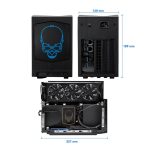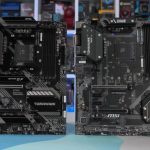Upgrade Your Computer With Cutting-Edge Computer Parts 3.0 USB – Experience Lightning-Fast Speeds Now!
Computer Parts 3.0 USB: The Future of Connectivity
Introduction
Dear Readers,
3 Picture Gallery: Upgrade Your Computer With Cutting-Edge Computer Parts 3.0 USB – Experience Lightning-Fast Speeds Now!
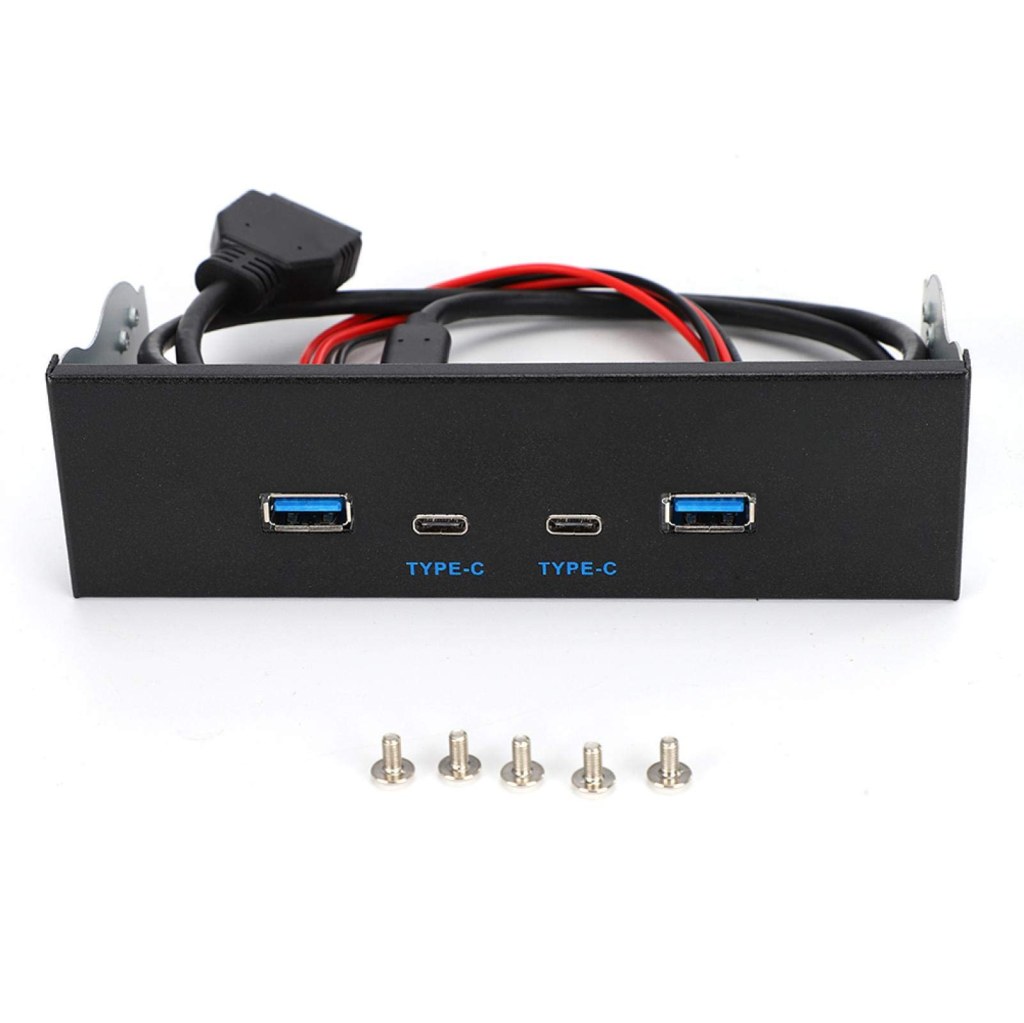
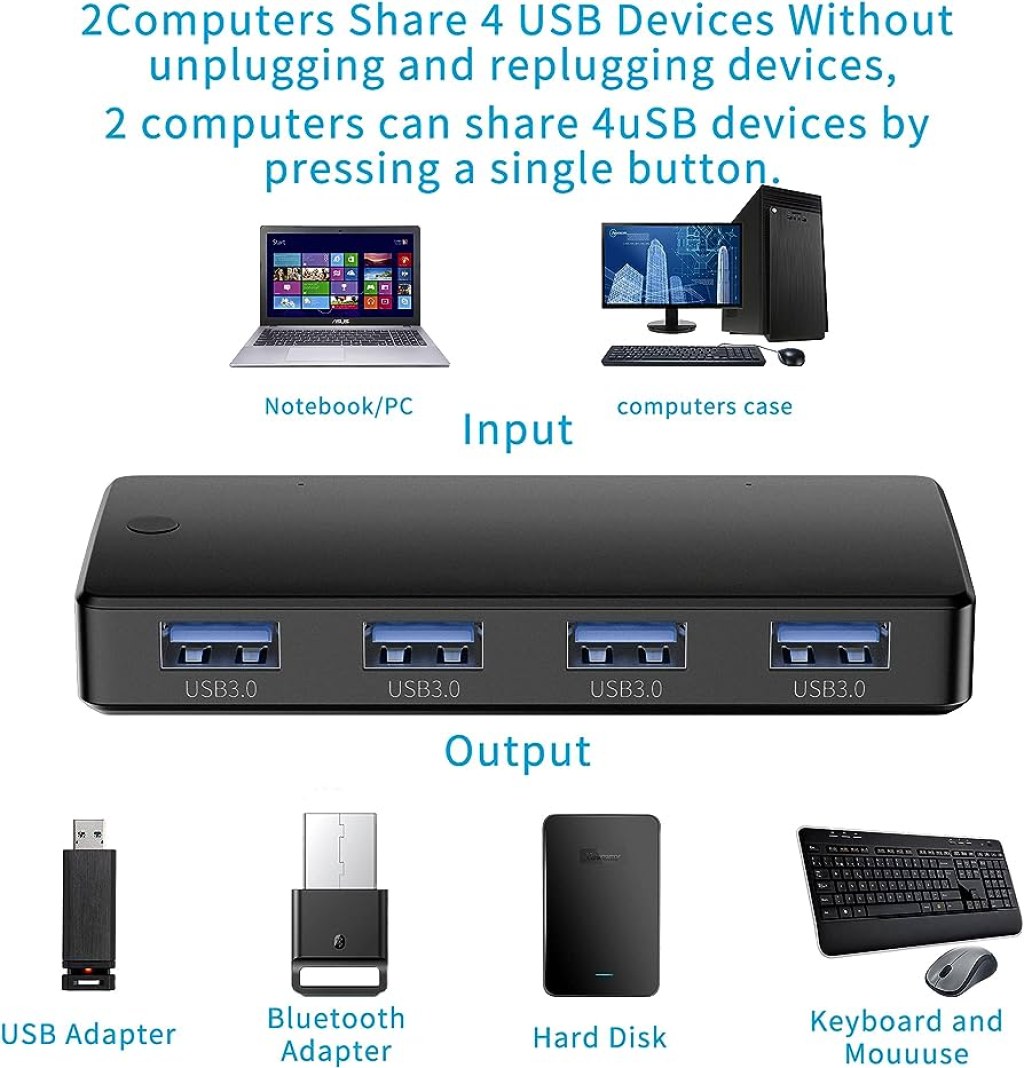
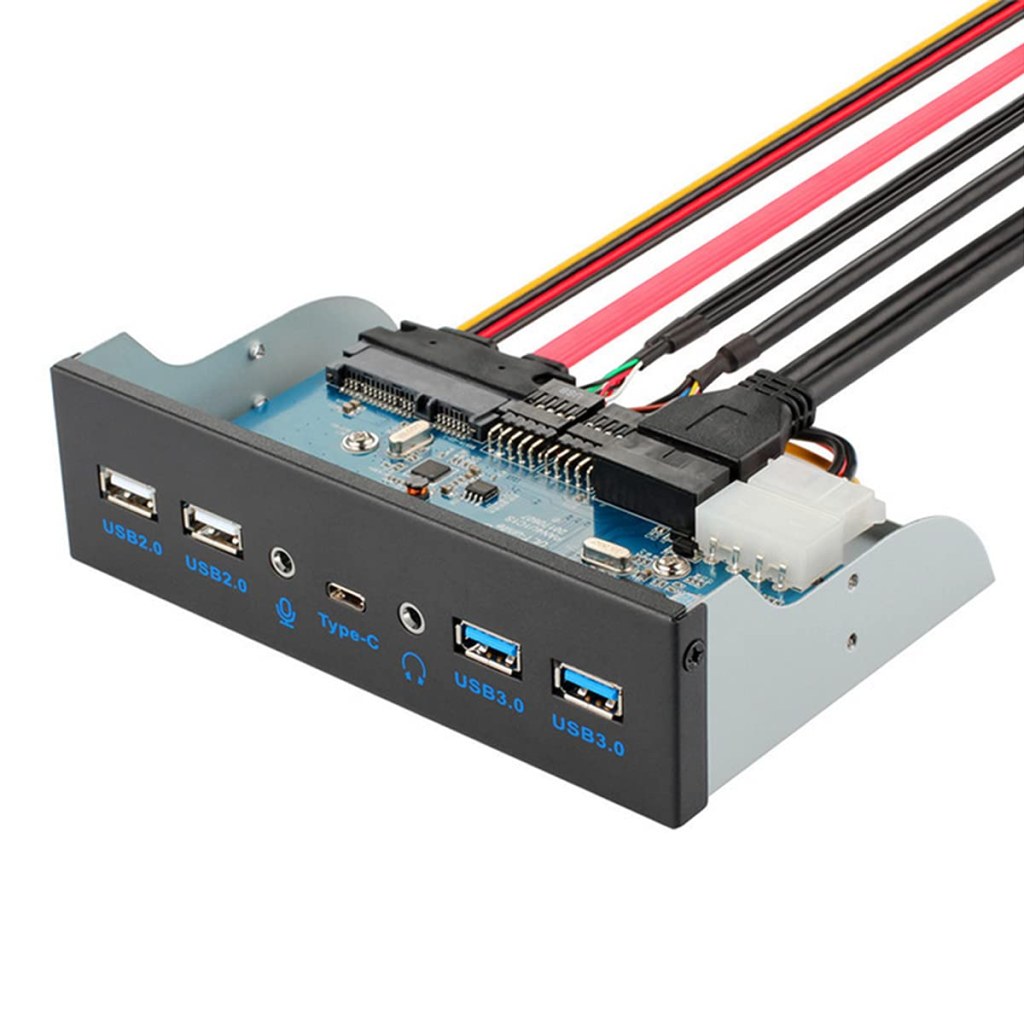
Welcome to our comprehensive guide on computer parts 3.0 USB, the latest technology revolutionizing connectivity in the digital era. In this article, we will delve into the details of this cutting-edge innovation, its benefits, drawbacks, and its impact on the world of computing. So, let’s dive right in!
Table of Contents

Image Source: media-amazon.com
1. What is Computer Parts 3.0 USB?
2. Who Invented Computer Parts 3.0 USB?
3. When was Computer Parts 3.0 USB Introduced?

Image Source: media-amazon.com
4. Where is Computer Parts 3.0 USB Used?
5. Why is Computer Parts 3.0 USB Important?

Image Source: media-amazon.com
6. How Does Computer Parts 3.0 USB Work?
7. Advantages and Disadvantages of Computer Parts 3.0 USB
8. Frequently Asked Questions (FAQ)
9. Conclusion
10. Final Remarks
1. What is Computer Parts 3.0 USB?
Computer parts 3.0 USB refers to the latest generation of USB (Universal Serial Bus) technology, specifically version 3.0. It is designed to provide faster data transfer rates, improved power management, and enhanced overall performance compared to its predecessors.
👉 Fun Fact: Did you know that the 3.0 in computer parts 3.0 USB represents the iteration of the USB standard? It signifies advancements made in terms of speed and efficiency.
2. Who Invented Computer Parts 3.0 USB?
The development of computer parts 3.0 USB was a collaborative effort by several leading technology companies, including Intel, Hewlett-Packard, NEC, Microsoft, and Texas Instruments. Their combined expertise and innovation paved the way for this groundbreaking connectivity solution.
👉 Interesting Fact: The USB Implementers Forum (USB-IF), an industry consortium, played a crucial role in defining the specifications and ensuring compatibility among devices.
3. When was Computer Parts 3.0 USB Introduced?
Computer parts 3.0 USB was officially introduced in November 2008, with the release of the USB 3.0 specification. However, it took a few years for it to gain widespread adoption and become a standard feature in computers and peripheral devices.
👉 Notable Milestone: The first consumer product to support USB 3.0 was the Asus U3S6 PCIe card, launched in 2010.
4. Where is Computer Parts 3.0 USB Used?
Computer parts 3.0 USB is used in various devices that require fast data transfer and improved connectivity. It can be found in desktop computers, laptops, external hard drives, solid-state drives (SSDs), gaming consoles, and high-definition monitors, among others.
👉 Interesting Application: USB 3.0 ports are commonly used in professional video cameras to enable high-speed data transfer for seamless recording and editing.
5. Why is Computer Parts 3.0 USB Important?
Computer parts 3.0 USB offers several significant advantages over its predecessors. It provides faster transfer speeds, allowing users to save time when transferring large files or backing up data. Additionally, it supports increased power delivery, enabling faster charging of devices.
👉 Key Benefit: The backward compatibility of USB 3.0 ensures that it can be used with previous USB versions, ensuring connectivity with older devices and peripherals.
6. How Does Computer Parts 3.0 USB Work?
Computer parts 3.0 USB achieves its impressive speed and performance through several key advancements. It uses additional data lanes and a higher signaling rate, enabling it to achieve data transfer rates of up to 5 gigabits per second (Gbps). This is approximately ten times faster than the previous USB 2.0 standard.
👉 Technical Detail: USB 3.0 employs a dual-bus architecture that allows data to be transmitted simultaneously in both directions, enhancing overall efficiency.
7. Advantages and Disadvantages of Computer Parts 3.0 USB
Advantages:
1. Lightning-fast data transfer speeds, facilitating quick file transfers and backups.
2. Improved power delivery, allowing for faster device charging.
3. Backward compatibility with older USB versions.
4. Enhanced efficiency and performance, reducing data transfer bottlenecks.
Disadvantages:
1. Limited availability of USB 3.0 devices and peripherals in the early stages of adoption.
2. Higher cost compared to USB 2.0 counterparts.
3. Compatibility issues with certain older operating systems and devices.
8. Frequently Asked Questions (FAQ)
Q1: Can I use a USB 3.0 device with a USB 2.0 port?
A1: Yes, USB 3.0 devices are backward compatible with USB 2.0 ports. However, the data transfer speeds will be limited to the capabilities of the USB 2.0 standard.
Q2: Do I need special cables for USB 3.0?
A2: While USB 3.0 cables typically have different connectors (blue color-coding), they are compatible with USB 2.0 ports. However, using a USB 3.0 cable with a USB 3.0 port is necessary to achieve the maximum transfer speeds.
Q3: Can I upgrade my USB 2.0 port to USB 3.0?
A3: In most cases, upgrading a USB 2.0 port to USB 3.0 is not possible as it requires hardware changes. However, you can add USB 3.0 ports to your computer through expansion cards or external docking stations.
Q4: Are USB 3.0 devices compatible with Mac computers?
A4: Yes, USB 3.0 devices are compatible with Mac computers. However, make sure your Mac has USB 3.0 ports or use a compatible adapter to connect to USB 3.0 devices.
Q5: What are the future advancements expected in USB technology?
A5: USB 3.1 and USB 3.2 are the subsequent versions that offer even faster transfer speeds and improved performance. USB 4.0, with its enhanced capabilities, is also on the horizon.
9. Conclusion
In conclusion, computer parts 3.0 USB revolutionizes connectivity by providing lightning-fast data transfer speeds, improved power delivery, and enhanced performance. It has become an essential component in modern computing, enabling users to save time and increase productivity. While it may have its drawbacks, the advantages outweigh them, making computer parts 3.0 USB a must-have for tech enthusiasts and professionals alike.
10. Final Remarks
Dear Readers,
Thank you for joining us on this informative journey exploring the world of computer parts 3.0 USB. We hope this article has provided valuable insights and clarified any questions you may have had. Stay connected, embrace the technological advancements, and continue to explore the possibilities that computer parts 3.0 USB offers in this digital era.
This post topic: Electronics

